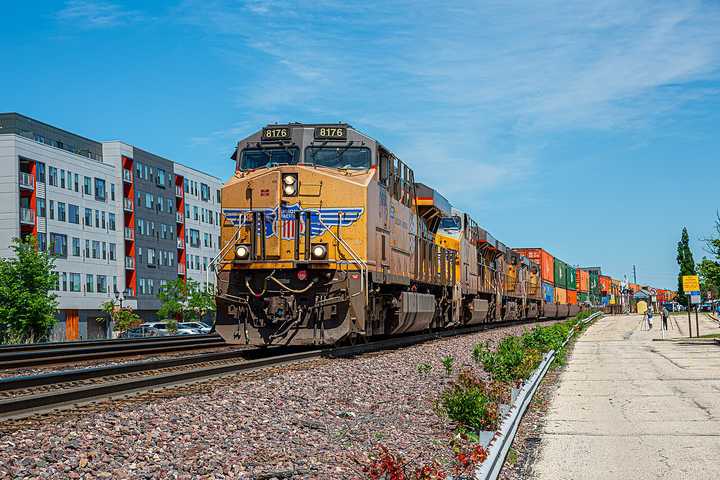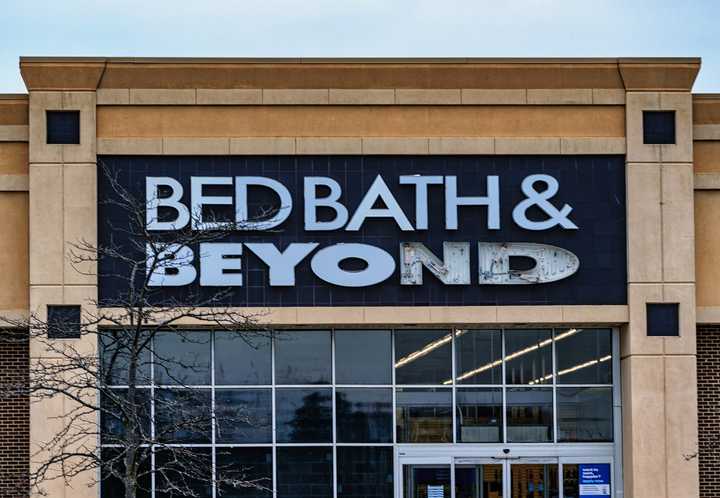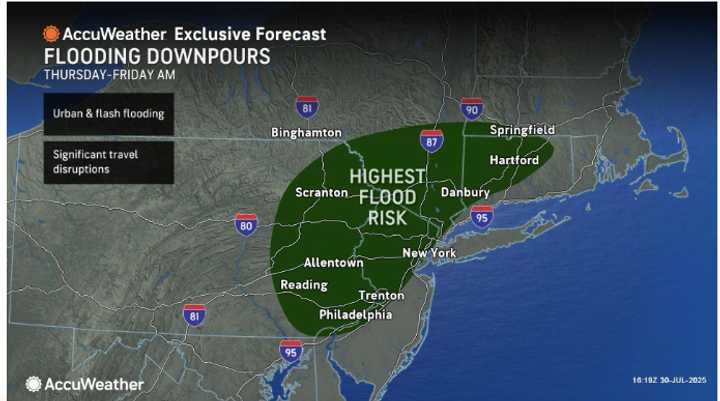Union Pacific, Norfolk Southern Propose $85B Merger
A merger between two significant rail businesses could result in the establishment of the nation’s first transcontinental freight railroad.
In May 2025, a Union Pacific freight train travels through Elmhurst, Illinois.
A freight train on Norfolk Southern.
On Tuesday, July 29, Union Pacific and Norfolk Southern announced the historic $85 billion agreement. With roughly 100 ports connected and more than 50,000 route miles across 43 states, the combined corporation would unite two of the biggest freight carriers into a $250 billion enterprise.
When a golden spike was hammered in Utah in 1869, joining the lines of Union Pacific and Central Pacific, the country’s coasts were connected by rail. Transcontinental freight service is not controlled by a single entity, despite the relationship.
According to Jim Vena, CEO of Union Pacific, the agreement advances the goal of a single national rail network.
“Railroads have been an integral part of building America since the Industrial Revolution, and this transaction is the next step in advancing the industry,” Vena stated. Imagine transporting tomato paste from Huron, California, to Fremont, Ohio, and steel from Pittsburgh, Pennsylvania, to Colton, California, with ease. Soda ash from Wyoming, copper from Arizona and Utah, polymers from the Gulf Coast, and lumber from the Pacific Northwest. Tens of thousands of train workers are currently transporting nearly everything we use. Whatever you could think of, the railroad eventually carried it.
The largest train labor union in the country, SMART Transportation Division, is against the merger, arguing that it might increase worker safety.
“Under its current leadership, Union Pacific has developed a troubling safety record,” SMART-TD’s statement read. “UP is the industry leader in accidents, incidents, injuries, and fatalities, according to publicly accessible data from recent years. This pattern is indicative of a larger company culture that, in our opinion, puts ambitious operating ratios ahead of employee and public safety.
The union also claimed that the combination would result in lower-quality freight delivery and a quicker loss of jobs.
“Both history and logic suggest this would drive higher rates, fewer service options, and diminished competition,” stated SMART-TD. “Shippers and communities deserve more than a monopoly in disguise.”
The corporations disagree, claiming that the combination will increase freight competition, eliminate network handoffs, and protect union employment. Vena stated during an investor call that the new business would be able to cut down on delays and expand into providing more extensive service, according to CNBC.
Other significant rail unions, such as the Brotherhood of Maintenance of Way Employees Division (BMWED) and the Brotherhood of Locomotive Engineers and Trainmen (BLET), stated that they would “withhold further comment” until they had a meeting with executives from both firms.
In a joint statement, BLET and BMWED stated, “We are dedicated to protecting the welfare of our members and standing in solidarity with our brothers and sisters across the rail industry.” “Together, our two unions will approach this merger with clear eyes and a firm resolve to protect jobs, rights, and the safety of those who keep this country moving.”
The Surface Transportation Board must still approve the combination, which would be the biggest buyout in the history of the US rail sector. Norfolk Southern and Union Pacific anticipate filing with the STB “within six months.”
The firms also stated that they intend to finalize the agreement by the beginning of 2027.











